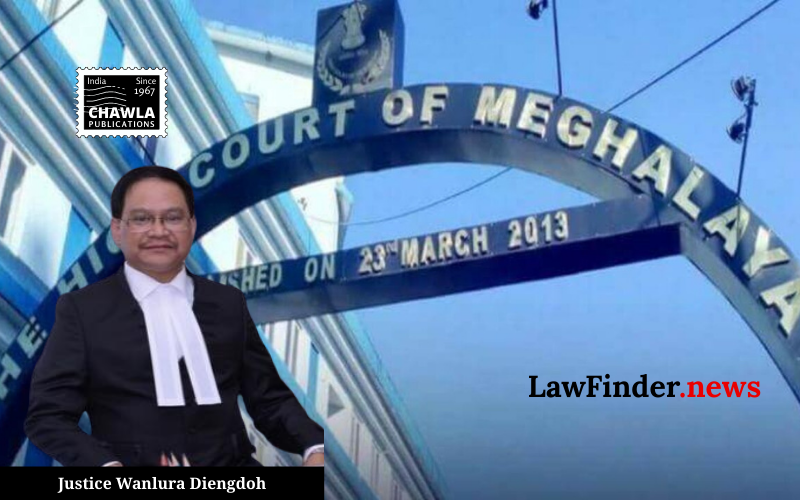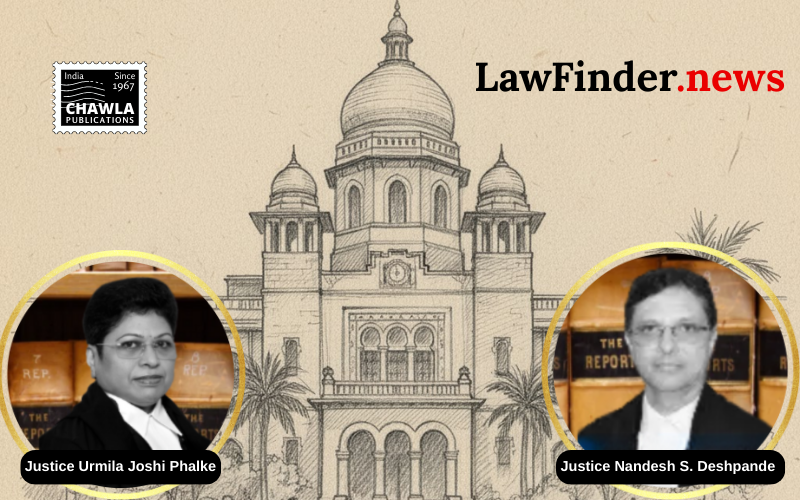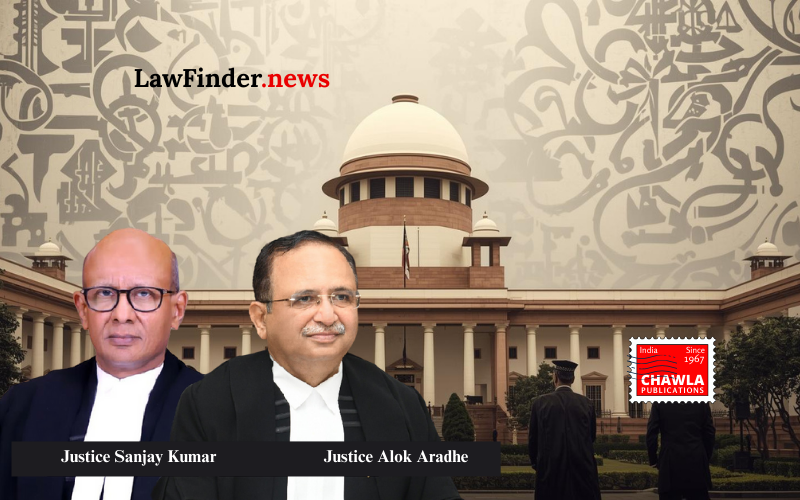Environmental Impact Assessment: General Conditions of EIA are not applicable Real Estate projects unless specifically provided in the Schedule

Understanding the Impact of the Supreme Court Ruling in CREDAI v. Union of India on Environmental Impact Assessment Notifications
Introduction
In a landmark judgment, the Supreme Court of India has provided clarity on the applicability of General Conditions under the Environmental Impact Assessment (EIA) Notification, 2006, specifically concerning real estate projects. The case, Confederation of Real Estate Developers Association of India (CREDAI) v. Union of India, addresses significant issues regarding the categorization and appraisal of building and construction projects under environmental regulations.
Background
The EIA Notification, 2006, categorizes projects into two main types: Category A and Category B, with Category A projects requiring central-level appraisal, and Category B projects being appraised at the state level. However, a General Condition (GC) exists whereby Category B projects situated near environmentally sensitive areas could be treated as Category A projects. The application of this GC to items 8(a) (Building and Construction Projects) and 8(b) (Township and Area Development Projects) has been a point of contention.
The Legal Journey
The Supreme Court judgment stems from an appeal against the National Green Tribunal's (NGT) decision, which held that the GC applies to items 8(a) and 8(b). This decision was contested by CREDAI and other appellants, arguing that the legislative intent was to exempt these items from the GC, as evidenced by their omission in Column 5 of the EIA Notification Schedule.
Key Judgments and Notifications
1. EIA Notification, 2006: Initially, the GC did not apply to items 8(a) and 8(b), as there was no explicit mention in Column 5.
2. Okhla Bird Sanctuary Judgment: The Supreme Court clarified that building and construction projects were intended to be appraised at the state level to promote decentralization.
3. EIA Notification, 2014: This notification explicitly stated that the GC does not apply to items 8(a) and 8(b). However, it was quashed by the Kerala High Court on procedural grounds, not on substantive legal grounds.
4. EIA Notification, 2025: Following the NGT's decision, the Ministry issued a fresh notification reiterating that the GC does not apply to items 8(a) and 8(b), which the Supreme Court has upheld.
Supreme Court's Analysis
The Supreme Court's recent judgment emphasizes the importance of sustainable development while balancing environmental protection. It reaffirms that the GC was never intended to apply to items 8(a) and 8(b) based on a literal interpretation of the EIA Notification. The Court recognized the role of State Environment Impact Assessment Authorities (SEIAAs) as expert bodies better suited to assess local environmental impacts.
Implications for Real Estate Developers
This judgment is pivotal for real estate developers, as it removes the ambiguity surrounding the categorization of building and construction projects. Developers can now proceed with projects under items 8(a) and 8(b) without the risk of re-categorization as Category A due to proximity to sensitive areas, facilitating smoother project execution.
Conclusion
The Supreme Court's decision in CREDAI v. Union of India underscores the judiciary's role in clarifying complex environmental regulations, balancing development needs with ecological protection. This ruling provides much-needed certainty for real estate developers, allowing them to navigate the regulatory landscape with confidence while ensuring compliance with sustainable development principles.
Confederation of Real Estate Developers Association of India (CREDAI) v. Union of India, (SC) : Law Finder Doc id # 2777736
Trending News

Conviction under the POCSO Act - Sentence suspended consider in a consensual love relationship

A civil dispute arising from a commercial transaction does not constitute a criminal offence of cheating

Manipur violence: SC asks why entire leaked clips not sent for forensic test
